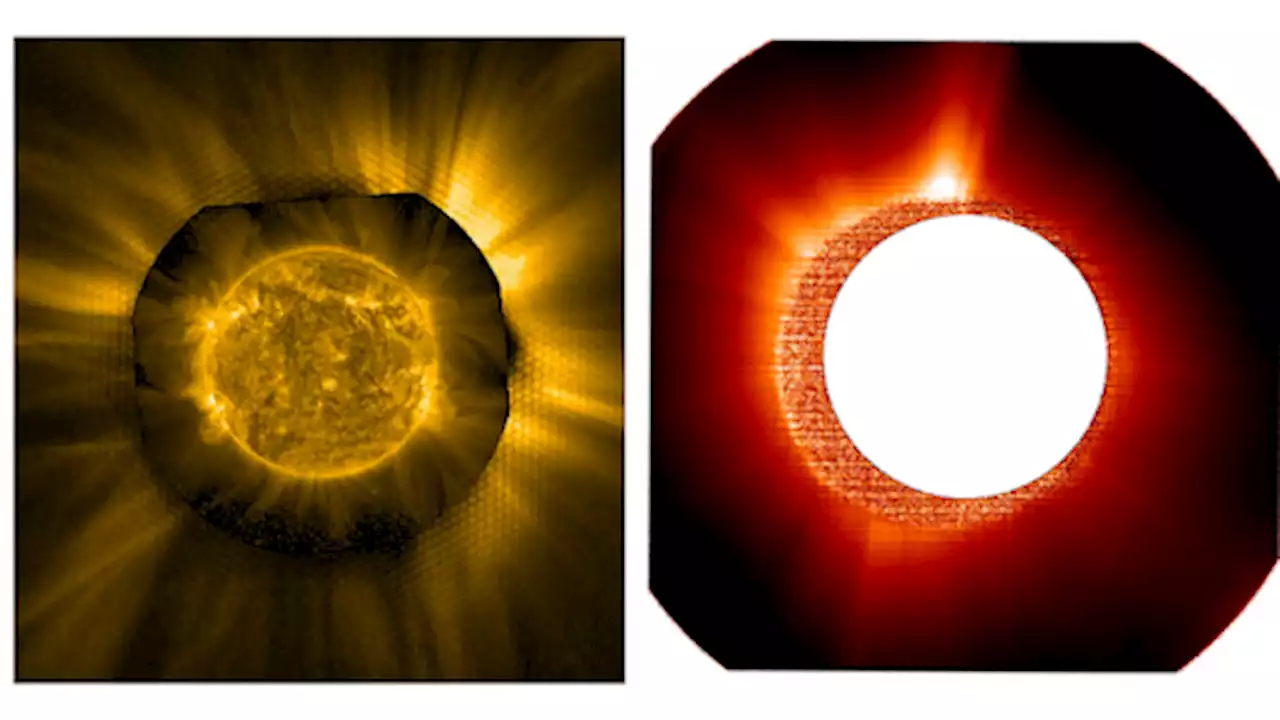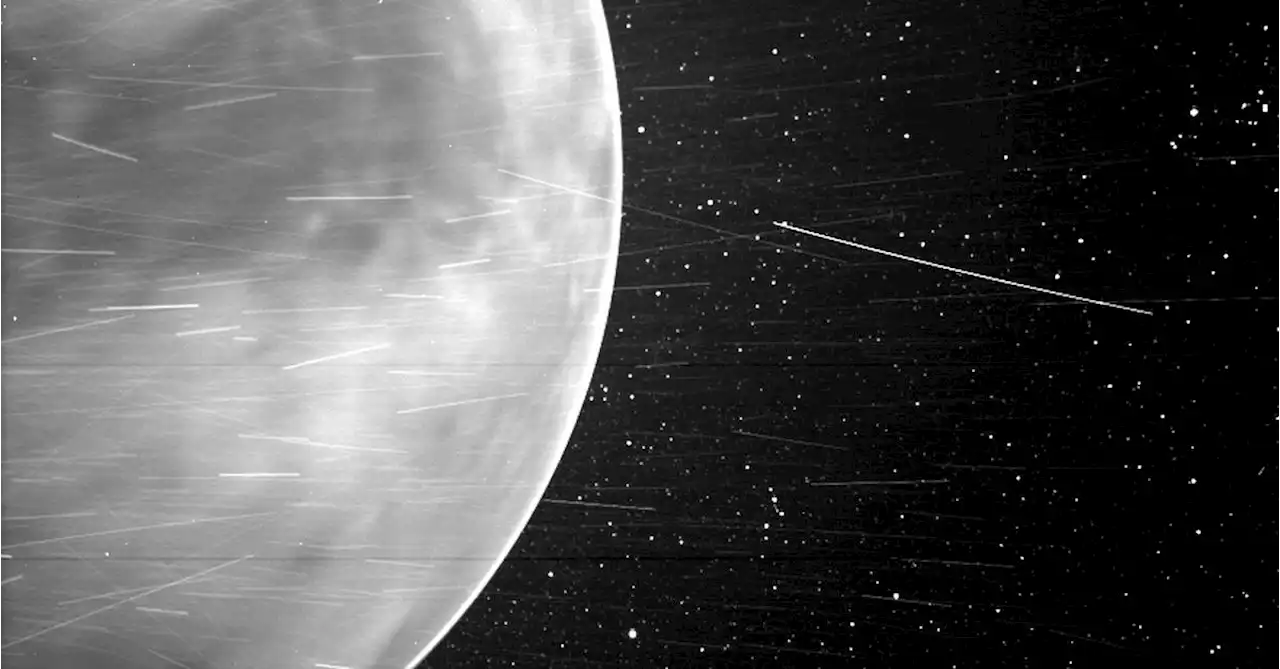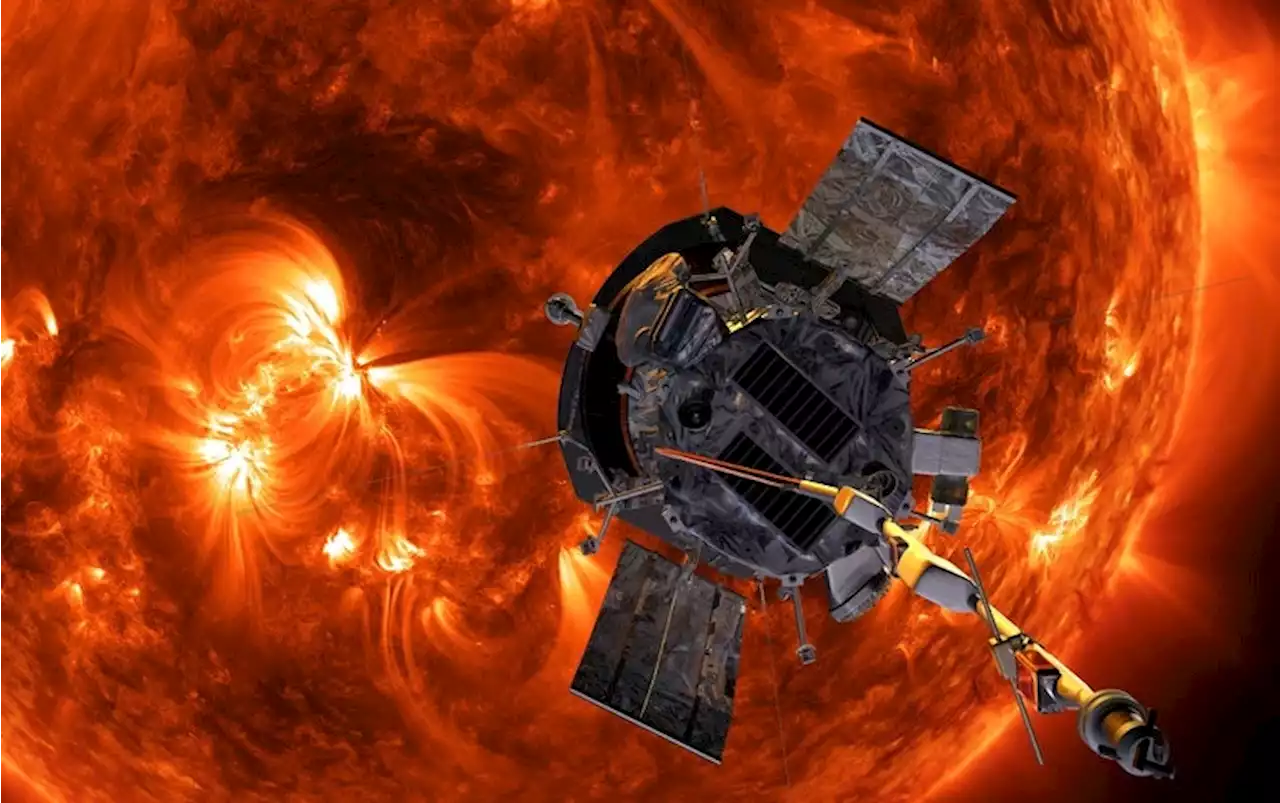Eugene Parker discovered the solar wind that the probe is going to study
Image: Johns Hopkins University Applied Physics Laboratory, a prominent astrophysicist who discovered the existence of solar wind — the charged particles that are constantly streaming from our star. The mission, originally named Solar Probe Plus, will now be called the Parker Solar Probe. It’s the first time NASA has named one of its missions after a scientist who is still alive. Parker discovered solar wind in the 1950s and is about to celebrate his 90th birthday..
We know the basics of how solar wind works, but the processes behind these particle bursts are still not totally understood. That’s what the Parker Solar Probe is going to help us figure out. The spacecraft is designed to “trace the flow of energy” that’s responsible for heating up the corona and accelerating the solar wind. And the more we know about how these processes work, the better we can get at predicting when they will happen.
Normally, NASA waits to rename its missions after launch, but the space agency decided to break protocol this time since Parker’s work has been so instrumental for the spacecraft’s mission. His discovery of solar wind has essentially changed our understanding of stars and how they interact with the space around them. Apart from getting the mission named after him, a chip with pictures of Parker will also be included on the vehicles, as well as a copy of his original paper on solar wind.
United States Latest News, United States Headlines
Similar News:You can also read news stories similar to this one that we have collected from other news sources.
 Parker Solar Probe and Solar Orbiter team up to tackle 65-year-old sun mysteryThe sun’s outer atmosphere is vastly hotter than its surface. Scientists may be close to figuring out why.
Parker Solar Probe and Solar Orbiter team up to tackle 65-year-old sun mysteryThe sun’s outer atmosphere is vastly hotter than its surface. Scientists may be close to figuring out why.
Read more »
 Sarah Jessica Parker’s Sun-Kissed Highlights Are The Pro Secret To Glowy SkinIn London for a party at Kensington Palace, SJP had that end-of-summer glow thanks to her face-framing highlights.
Sarah Jessica Parker’s Sun-Kissed Highlights Are The Pro Secret To Glowy SkinIn London for a party at Kensington Palace, SJP had that end-of-summer glow thanks to her face-framing highlights.
Read more »
 Sun probe surprises NASA with incredible photo of VenusThe Parker Solar Probe might’ve witnessed something new on Earth’s neighbor
Sun probe surprises NASA with incredible photo of VenusThe Parker Solar Probe might’ve witnessed something new on Earth’s neighbor
Read more »
 ESA and NASA join forces to answer the Sun's heating riddleA 65-year old perplexing question may have finally been answered: Why is the Sun's atmosphere hotter than its surface?
ESA and NASA join forces to answer the Sun's heating riddleA 65-year old perplexing question may have finally been answered: Why is the Sun's atmosphere hotter than its surface?
Read more »
 Massive Sun Outburst Smacks NASA SpacecraftIf it had hit Earth, this coronal mass ejection could have caused continent-scale blackouts, scientists say
Massive Sun Outburst Smacks NASA SpacecraftIf it had hit Earth, this coronal mass ejection could have caused continent-scale blackouts, scientists say
Read more »
